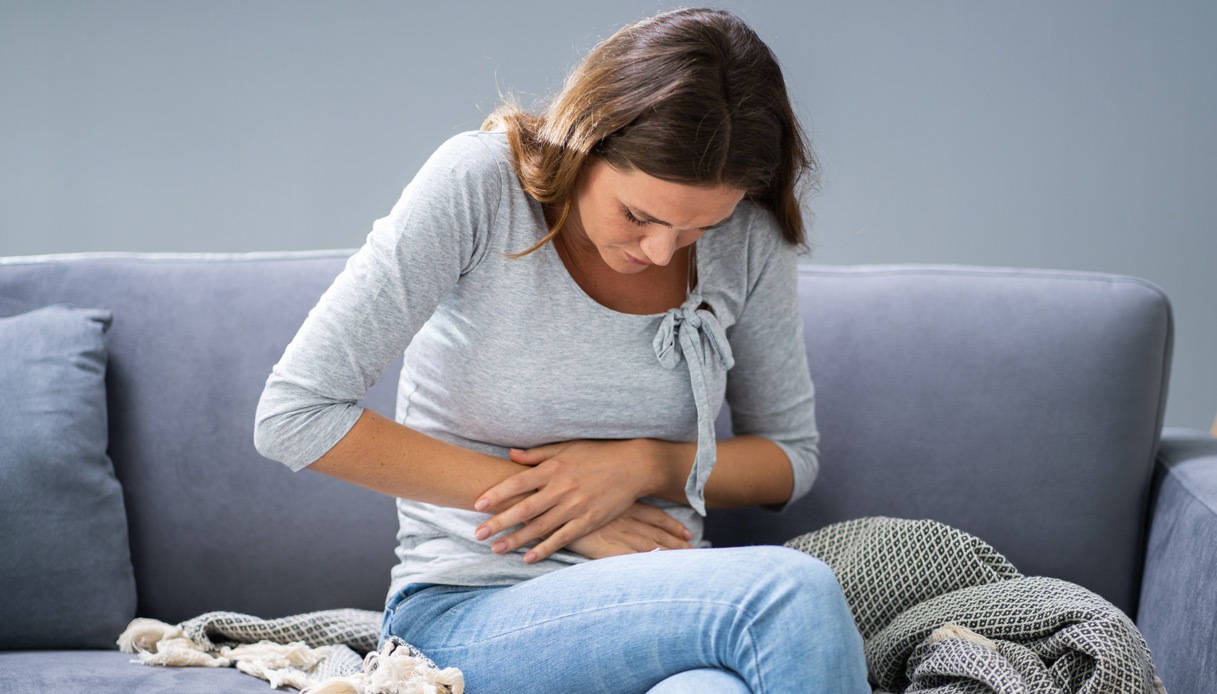Control your weight, give up (or better still don’t start) cigarettes, do at least 30 minutes a day of strenuous physical activity, reduce coffee, tea and fizzy drinks and be careful not to “overload your stomach. These would be enough five rules, for women, to limit acidity and heartburn that rise from the stomach to the throat, classic symptoms of gastroesophageal reflux.
To recommend it is research from Harvard University, published in Jama Internal Medicine, which examined the data of a female population, that of the Nurses Health Study. Thanks to these simple measures, in fact, the drugs taken to control the problem could be limited. But how did the gastroesophageal reflux? And how can you cope?
Because the woman is at risk
Symptoms of reflux they are quite typical, but in some cases they can be deceiving. Typically the most annoying feeling is the “flush” of acid which rises upwards, in the center of the chest, and leaves the classic taste in the mouth, with the production of large quantities of saliva. Experts call this “heartburn”.
But sometimes even continuous coughing, inexplicable, or even a pain in the ears that cannot be justified can be part of the procession of disorders that accompanies this situation, often linked to the difficulties of the valve that separates the stomach and esophagus and should avoid the ascent of the ‘acid.
For women, the pregnancy it represents a moment of particular attention in this sense. But, more generally, those who tend to have particularly large and high-fat meals, those who have to take drugs for a long time to control pain and inflammation, such as non-steroidal anti-inflammatory drugs, those who are overweight are at risk.
Several factors can contribute to making the onset of discomfort more likely, from presence of a hiatal hernia which makes a portion of the stomach rise above the diaphragm up to particular hormonal conditions.
When the disorder is only occasional, of course, it doesn’t take much to deal with it. But if the situation persists over time, it is better to talk to your doctor and maybe undergo specific tests, such as gastroscopy, which allows you to view any lesions of the mucosa of the esophagus and stomach, and above all the Ph-metry, which must be continued for 24 hours and measures the acidity present in the esophagus both day and night. In some cases, “manometry” is also provided, a test that reveals the presence of functional alterations of the esophagus by measuring the pressure inside it.
How to behave
Lifestyle is essential for those dealing with gastroesophageal reflux. In addition to the advice that emerges from Harvard University research, you have to avoid wearing clothes excessively “wrapping”In the lower abdomen, not wearing belts or leggings which can increase pressure from the bottom up.
For the rest, at the table, it is important not to get to real “overdoses” of food in a single meal, but to divide up food appointments by proposing five light meals preparing for the children. In addition to advising against taking particularly fatty foods and to avoid cooking such as fried foods, you must then pay attention to some foods that can facilitate the onset of reflux. In this sense, tomatoes and citrus fruits should be avoided or at least limited, as well as the classic square of chocolate.
On the drinks front, better reduce alcohol consumption and fizzy drinks. Then when the situation becomes unbearable and the drugs fail to control the symptom, the doctor may also recommend surgery. The indication to the scalpel must be made on a case by case basis but the operation may become necessary especially in the case of a hiatal hernia or severe inflammation of the esophagus mucosa. The operation, very often, is done almost exclusively with laparoscopy, without the classic “cut” but simply by inserting probes that are guided by the surgeon.
– .


